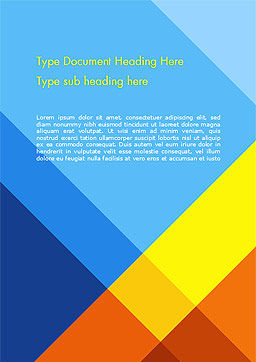Erica wonders why Word all of a sudden change the keys to 'foreign' lettering. For example, without warning when she presses the question mark she'll get an 'e' with an accent, and the '~' (tilde) produces a '#'. All of the keys seem to be remapped to the foreign language and Erica don't understand why. The only way she knows to stop it is to close the document and open it again.
- Typing Gujarati in Unicode is supported at the Operating System level; hence, one simply needs to change the language to Gujarati in the language bar (and select a keyboard layout of choice) to type in Microsoft Word, just like you would type Gujarati in Notepad.
- The editing language—which governs spelling, grammar, and word sorting—can be changed in the Word Options screen. Go to the Choose Editing Languages section, and select a language from the list. If the language isn't listed, select the Add additional editing languages drop-down arrow and choose a language.
In all likelihood, this problem needs to be addressed in both the operating system and in Word. Windows systems can have multiple language configurations installed on them. For instance, it is not unusual to have both English and French installed on a given system. (This may happen when the user is in a country—such as Canada—that has two dominant languages.)
Change or add Keyboards; Microsoft Windows allows a number of different keyboard languages and layouts. Installation of the 'typical', or 'default' options provides capabilities for French, Spanish, and other Western European languages. This site has info for Win 10. The first steps: click the windows icon at bottom left,then.
Microsoft Word Change Keyboard Language Translator

When there are multiple languages installed in the operating system, then the system provides a way to easily switch between the languages. On most systems this is instigated by pressing Alt+Shift. If you press this shortcut inadvertently, you can find yourself typing in a language you didn't intend. The solution is to press the shortcut again so that you return to the language configuration you want to use.
You should remember, however, that the Alt+Shift shortcut may not work on all systems. For some language combinations Windows may use a different shortcut (such as Ctrl+Spacebar), and it is possible that a different shortcut than these was specified by a previous user of your system. (The shortcut can be modified in the Control Panel, under the heading of regional and language options.)
The thing that you might check within Word is whether the program is configured to automatically detect languages or not. If it is, then it is possible that the language switching is occurring because of the words you are typing within your document. You can check this configuration setting by following these steps. (These steps will only work in Word 2000, Word 2002, and Word 2003. The feature was not available before Word 2002.)
Microsoft Word Change Keyboard Language Windows 10
- Choose Language from the Tools menu, then Set Language from the resulting submenu. Word displays the Language dialog box. (See Figure 1.)
- Clear the Detect Language Automatically check box.
- Click OK.
Figure 1. The Language dialog box.
When you make the language setting change in Word, it is applicable only to the document or template that you have open at the time. If you want the change to be applicable to all your future documents, you'll want to open the Normal template before making the change and then save the template after the change is made.




